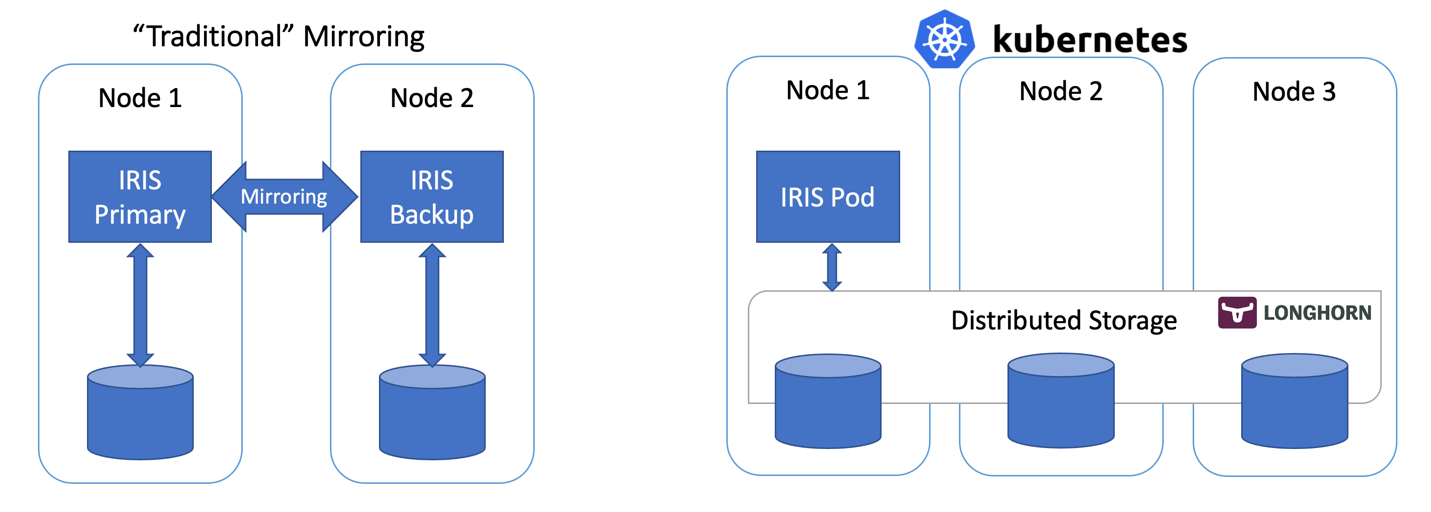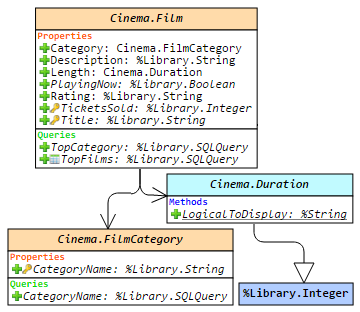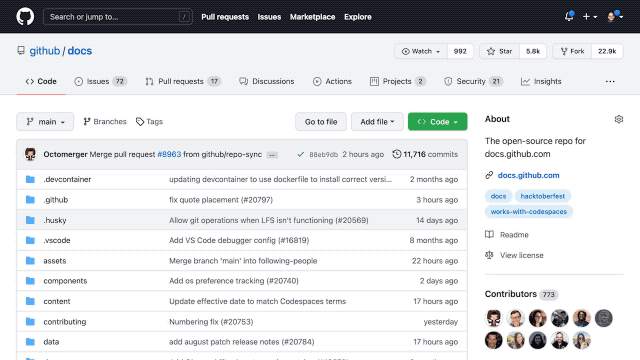
Easy, easy, I'm not promoting a war against the machines in the best sci-fi way to avoid world domination of Ultron or Skynet.
Not yet, not yet 🤔
I invite you to challenge the machines through the creation of a very simple game using ObjectScript with embedded Python.







 Hello!
Hello!